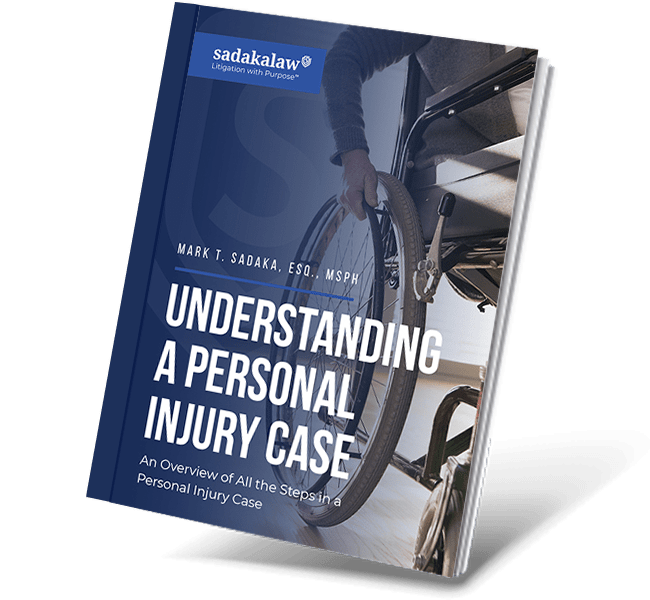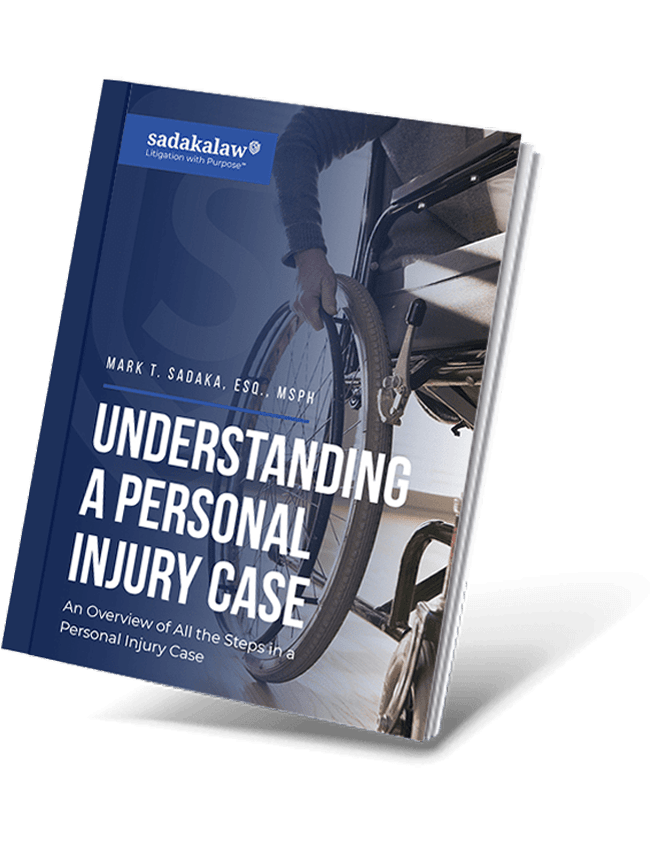 What is Black Lung, and is enough being done to protect American miners from the deadly disease? According to NPR, the answer is no. Miners are not being protected and they are losing the battle to breathe freely at an alarming rate.
What is Black Lung, and is enough being done to protect American miners from the deadly disease? According to NPR, the answer is no. Miners are not being protected and they are losing the battle to breathe freely at an alarming rate.
Black lung disease is a common name for any lung disease developing from inhaling coal dust. This name comes from the fact that those with the disease have lungs that look black instead of pink. Medically, it is a type of pneumoconiosis called coal workers’ pneumoconiosis. There are two forms: simple, which is known as coal workers’ pneumoconiosis (CWP); and complicated, which is known as progressive massive fibrosis (PMF).
An investigation by NPR and the Center for Public Integrity found federal regulators and the mining industry are failing to protect miners from the excessive toxic coal mine dust that causes black lung. The disease is now being diagnosed in younger miners and evolving more quickly to complicated stages.
It is being called an ‘epidemic‘ among miners, as in the last decade alone, the disease has doubled in coal miners, according to data analyzed by epidemiologist Scott Laney at the National Institute for Occupational Safety and Health (NIOSH). And cases of the worst stage of the disease have quadrupled since the 1980s in a triangular region of Appalachia stretching from eastern Kentucky through southern West Virginia and into southwestern Virginia.<!–more–>
Black lung experts and mine safety advocates have warned of the resurgence of the disease since 1995. New reporting by CPI and NPR reveals the extent to which federal regulators and the mining industry failed to protect coal miners in the intervening years.
An analysis of federal data by CPI and NPR also shows that the mining industry and federal regulators have known for more than two decades that coal miners were breathing excessive amounts of the coal mine dust that causes black lung. CPI and NPR also found that the system for controlling coal mine dust is plagued by weak regulations and inaccurate reporting that sometimes includes fraud.
“This is clearly a public health epidemic,” Laney says. “This is a rare disease that should not be occurring. It’s occurring at a high proportion of individuals who are being exposed.”
Especially shocking to Laney and others focused on black lung is the grip the disease has on younger miners and its rapid evolution to progressive massive fibrosis, or complicated black lung.
At the Upper Kanawha clinic in Cedar Grove, W.Va., the black lung caseload doubled in the last 10 years, according to program coordinator Debbie Wills, and began to include younger miners in their 40s and more serious disease.
“The first 10 years or so that I worked here I had four patients with complicated black lung,” says Wills, who has worked at the clinic since 1989. “We knew them all intimately because there were so few of them. Now we have at least 50 diagnosed with complicated black lung.”
The autopsies of the 29 victims of the 2010 explosion at what was then Massey Energy’s Upper Big Branch mine also show an escalation of cases. Twenty-four of the victims had sufficient lung tissue for testing, and of those, 71 percent had the nodules and lesions on their lungs that signify the disease.
That’s a rate 10 times the average for southern West Virginia, says Davitt McAteer, a former federal mine safety chief who led an independent investigation of the explosion, in Raleigh County, W. Va., and reviewed the autopsies.
“What was shocking was the number of miners who showed evidence of black lung,” McAteer says, “particularly among younger miners … and miners who you would not have expected to have black lung.”
That includes some victims who spent fewer than 10 years underground and at least two who were only in their 20s.
For more information on toxic exposure and black lung please visit www.sadakafirm.com.


